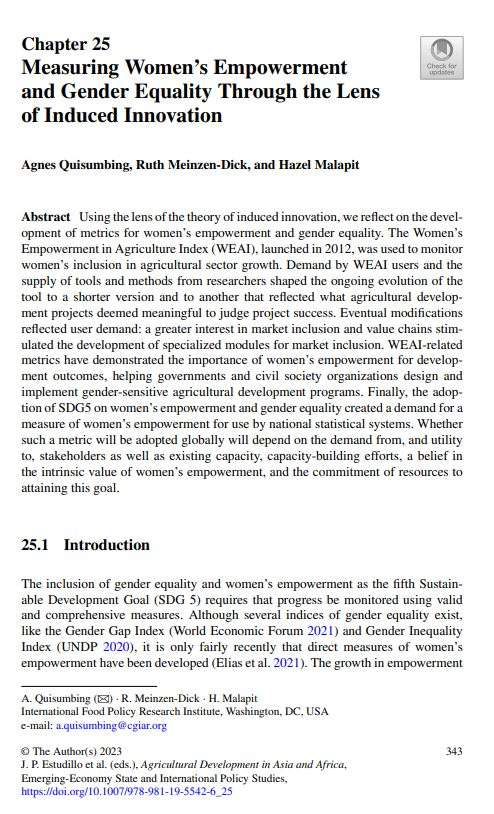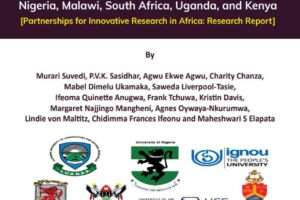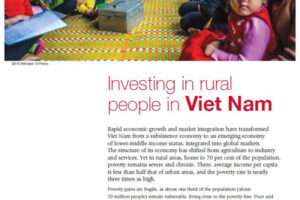Using the lens of the theory of induced innovation, we reflect on the development of metrics for women’s empowerment and gender equality. The Women’s Empowerment in Agriculture Index (WEAI), launched in 2012, was used to monitor women’s inclusion in agricultural sector growth. Demand by WEAI users and the supply of tools and methods from researchers shaped the ongoing evolution of the tool to a shorter version and to another that reflected what agricultural development projects deemed meaningful to judge project success. Eventual modifications reflected user demand: a greater interest in market inclusion and value chains stimulated the development of specialized modules for market inclusion. WEAI-related metrics have demonstrated the importance of women’s empowerment for development outcomes, helping governments and civil society organizations design and implement gender-sensitive agricultural development programs. Finally, the adoption of SDG5 on women’s empowerment and gender equality created a demand for a measure of women’s empowerment for use by national statistical systems. Whether such a metric will be adopted globally will depend on the demand from, and utility to, stakeholders as well as existing capacity, capacity-building efforts, a belief in the intrinsic value of women’s empowerment, and the commitment of resources to attaining this goal.
Measuring Women’s Empowerment and Gender Equality Through the Lens of Induced Innovation





Add Comment